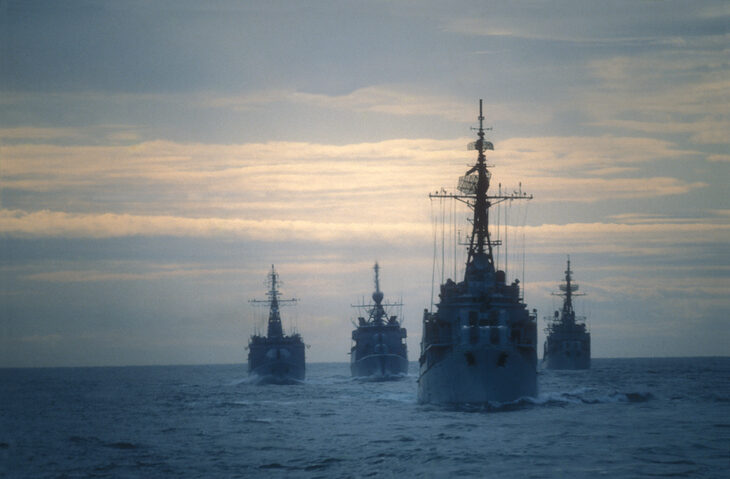


Native markers are marked with a number (ranging from 4 to 12) to indicate the number and aggressiveness of the tribes living in the area. When an explorer enters an unexplored area (an area not claimed by a player that has face down native and resource markers), the native marker is flipped over.

Explorers can move up to 2 areas and are extremely useful in helping add territory to your empire and discovering resources. Military pieces can move from 1 to 3 areas (and an additional area if a railroad is present). Players total up the production points they have generated (from regions, resources and buildings) and use them to purchase more pieces. The next phase is ANOTHER movement round where, once again, forces are moved and battles resolved. The first phase is a movement round where each player moves any or all of his forces and then resolves any battles that may occur. (Forts are an exception to the rule of only one building per area.) After that, although infantry may be placed in any area belonging to the player, ships may only be placed in areas with ports while cavalry, artillery, Leaders and explorers may only be placed in areas containing a city. New pieces begin in any claimed area of the player. ports allow the production of new ships), they PRODUCE (with the exception of forts) Production Points each turn. Buildings not only give advantages to the controlling player (e.g. All buildings (which include cities, ports, railroads, factories and forts) cost 20 PP. Explorers costs 10 PP while ships require 25 PP to be built. Infantry, the weakest army piece, costs 10 PP, cavalry 15 PP, artillery 20 PP and a Leader, the most powerful piece, a pricey 40 PP. Players begin with a “bankroll” of 120 Production Points. Now, players may “build” their starting forces. One native and one resource marker is then placed face down in each unclaimed area. Regions are claimed by the players, one at a time, by placing an infantry piece in it. Two main types of pieces populate the game: those that move (armies, ships and explorers) and those that cannot (buildings and markers).Įach player begins with a set number of regions (from 10 in a two player game down to 4 when six players are competing). Unlike many of your traditional war games, area movement rather than hex movement is the norm. (Land regions are “color-coded” to show their Global Region affiliation, which becomes an important consideration in the Standard and Advanced rules). The map of the game depicts the continents of Europe, Africa, Asia and Australia divided into regions and sea areas.

The game comes with a huge 46″ x 36″ mapboard, over 800 detailed plastic miniatures, play aids and a comprehensive rulebook containing three sets of rules: Basic, Standard and Advanced. War! Age of Imperialism comes in a large deep box and, like its sister game The American Civil War (featured in the Spring 2002 GA REPORT), is designed and created by Glenn Drover with stunning artwork by Paul Niemeyer. In War! Age of Imperialism, that world comes to life as players compete to build the largest empire in the world. The late 19th and early 20th Century was a time of vast expansion as major powers sought to increase their influence and holdings throughout the world. Reviewed by Herb Levy WAR!: AGE OF IMPERIALISM (Eagle Games, 2 to 6 players, 2-3 hours $49.99)


 0 kommentar(er)
0 kommentar(er)
